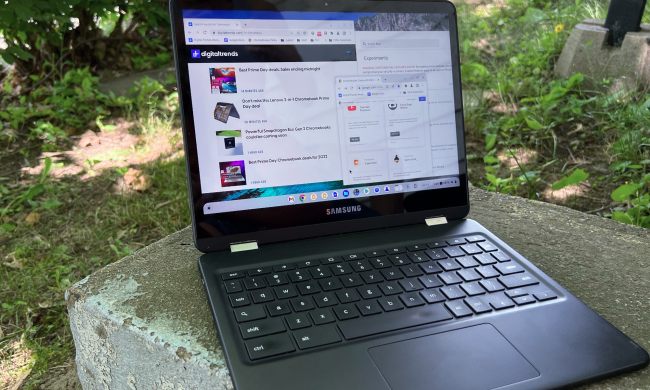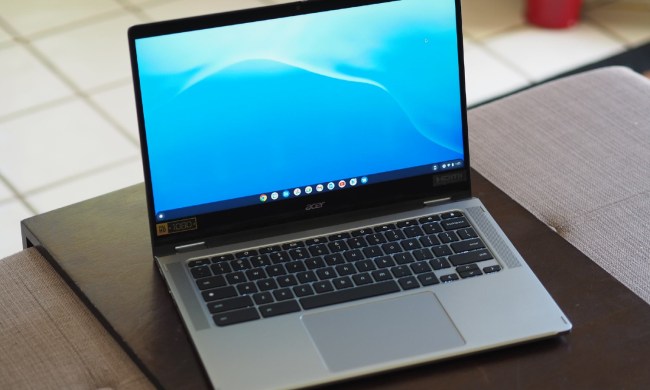
Google’s Chrome OS is about get some heavy inspiration from Microsoft that could change how notifications are handled. A Reddit user discovered the Chrome flag that when enabled will allow the system tray and notifications to merge into one menu.
If this sounds familiar, it’s because Microsoft implements something similar with Windows 10. On Microsoft’s desktop operating system, if you open Action Center, a sidebar pops out from the right edge of the screen, giving you access to recent notifications and control of your quick settings.
To enable this unified menu on Chrome, you’d have to navigate to chrome://flags/#enable-system-tray-unified, and according to 9to5 Google, it’s the “same flag [that] enabled an Android P-style system tray on Chrome OS” that was discovered a few weeks ago.
With the unified notifications menu, rather than showing your recent alerts when you click on the bell icon on the lower right edge of your screen, you’ll see recent notifications on top of system settings, like the brightness and volume sliders and toggles for controlling Wi-Fi, Bluetooth, and Do Not Disturb modes.
Whereas Microsoft implements its Action Center on top of a flat, rectangular layout, Google’s unified notifications will come in boxes with rounded corners. The rounded corners will be part of Google’s design language for Chrome, according to a report from Chrome Story. “You will see more of those in the coming days,” the site noted of the new design.
Some consider the appearance to look like an inverted version of the notification slider in Android P.
The implementation is now found on the Chrome OS Canary channel, so it’s unclear what changes Google will implement to the look and functionality of this unified notification menu when it gets released to the public. Before the changes get released to the stable channel for public use, it will have to go through the dev and beta channels first.
In addition to a unified notifications menu, Google may be working on more planned features for Chrome OS. We reported that Google had enabled an AltOS picker for Chrome OS devices, leading to speculations that Google may support dual-booting a secondary operating system onto its Pixelbook hardware. If true, Google could potentially allow Windows to run on its hardware, or it could allow users to test its unreleased Fuchsia operating system without having to install that OS on top of Chrome. Some speculate that Fuchsia could potentially replace Android and Chrome in the future.


